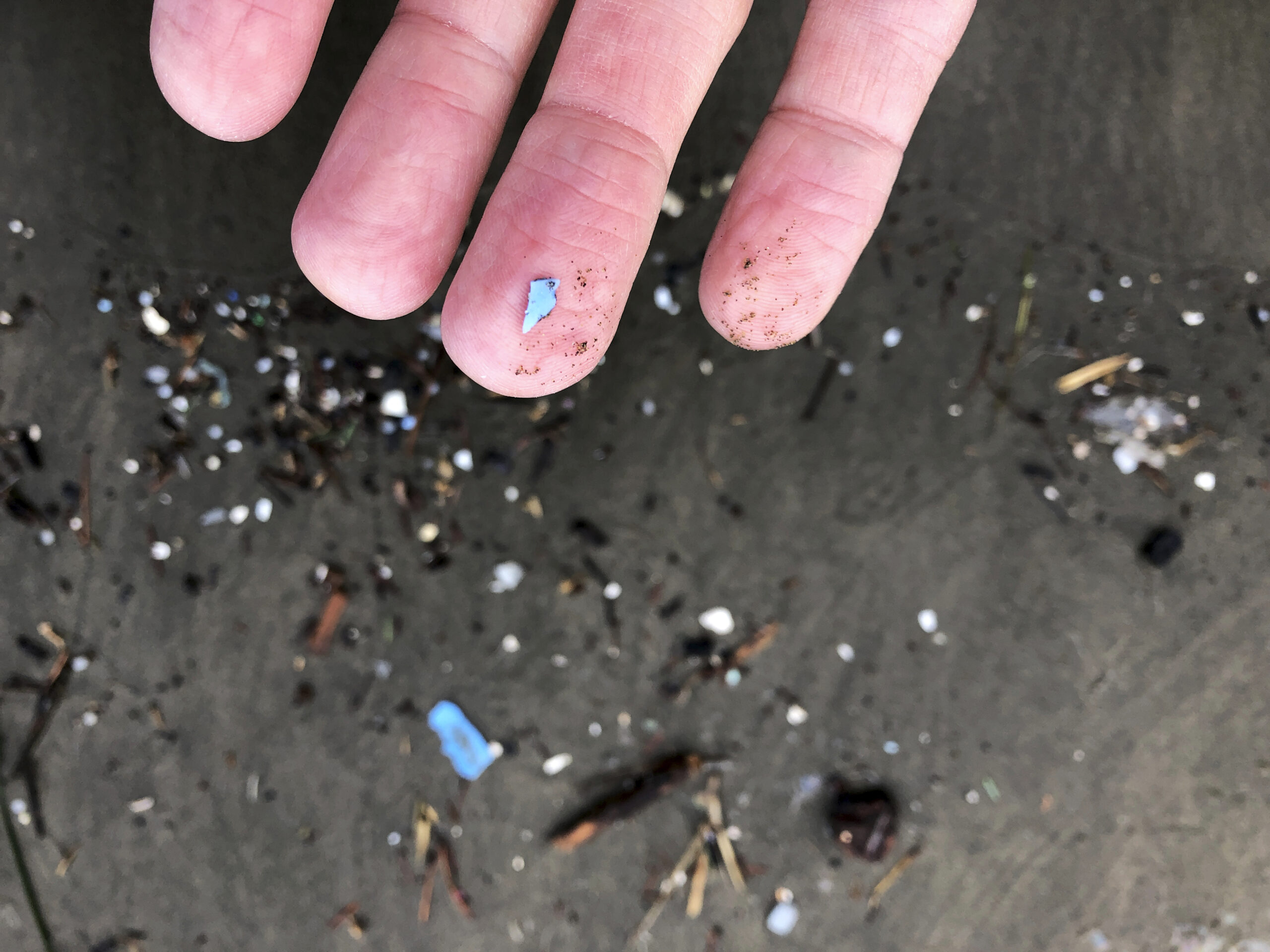Scientists have found microplastics in human penises for the first time, as concerns over the tiny particles’ proliferation and potential health effects mount.
Seven different kinds of microplastics were found in four out of five samples of penis tissue taken from five different men as part of a study published in IJIR: Your Sexual Medicine Journal on Wednesday.
Microplastics are polymer fragments that can range from less than 0.2 inch (5 millimeters) down to 1/25,000th of an inch (1 micrometer). Anything smaller is a nanoplastic that must be measured in billionths of a meter. They form when larger plastics break down, either by chemically degrading or physically wearing down into smaller pieces.
Some minuscule particles can invade individual cells and tissues in major organs, experts say, and evidence is mounting that they are increasingly present in our bodies.
Study lead author Ranjith Ramasamy, an expert in reproductive urology who conducted the research while working at the University of Miami, told CNN that he used a previous study that found evidence of microplastics in the human heart as a basis for his research.
Ramasamy said he wasn’t surprised to find microplastics in the penis, as it is a “very vascular organ,” like the heart.
The samples were taken from study participants who had been diagnosed with erectile dysfunction (ED) and were in the hospital to undergo surgery for penile implants to treat the condition at the University of Miami between August and September 2023.
















